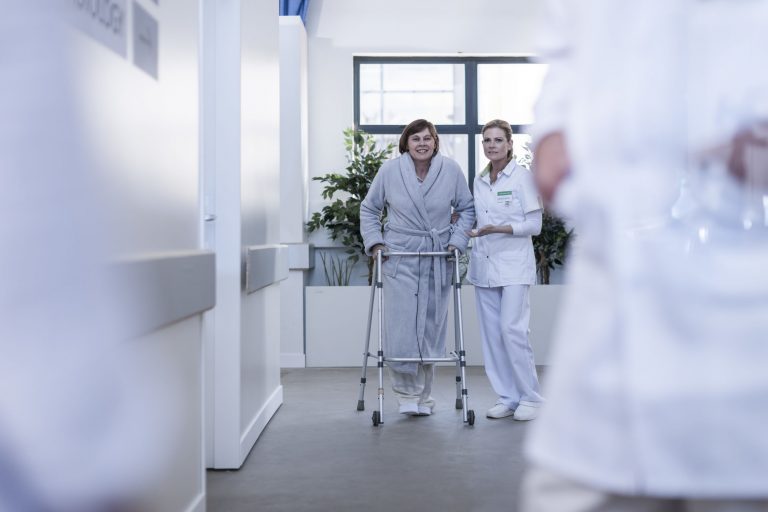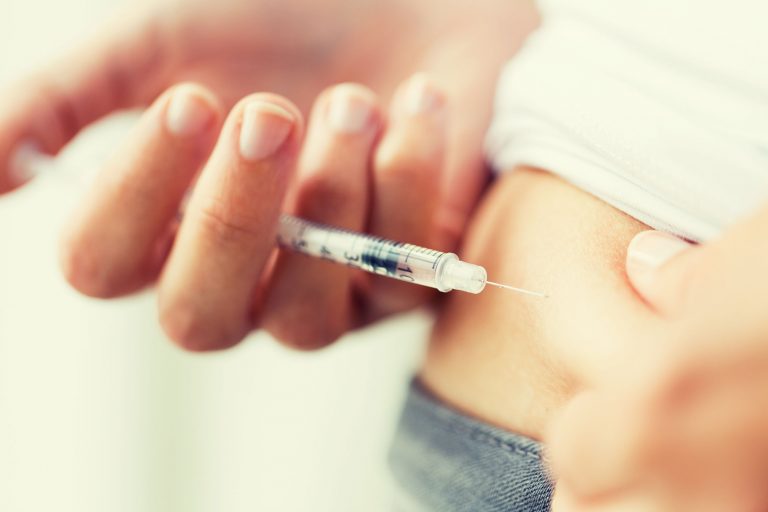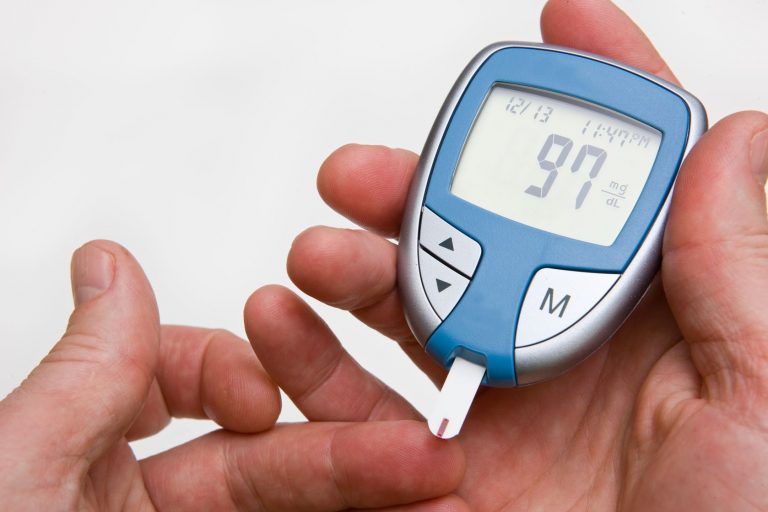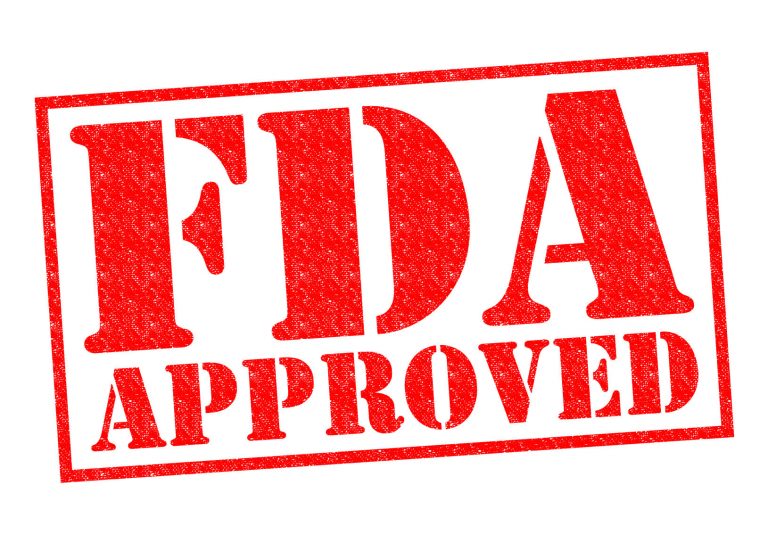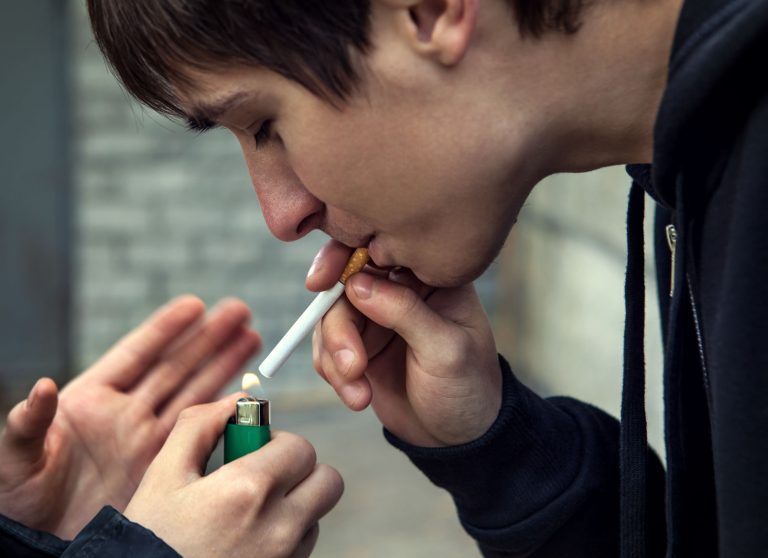Imagine someone who has late-stage amyotrophic lateral sclerosis (often called ALS or Lou Gehrig’s Disease). After battling the disease for years, the patient is largely paralyzed and their quality of life is drastically diminished. With no known cure, any attempts to prolong the patient’s life will be risky.
Who should decide whether the risk is worth taking? Should it be policymakers and bureaucrats? Or should the patients, their physicians, and willing drug providers be allowed to weigh the pros and cons themselves?
Right-to-try laws argue for the latter.
Right-to-try legislation provides hope for those with terminal illnesses by providing them access to potentially lifesaving medication before it is fully approved by the Food and Drug Administration. From 2014 to 2018, forty-one states passed right-to-try laws. In May 2018, right-to-try became national law. In 2016, California became the thirty-second state to enact right-to-try legislation. However, if one state-senate candidate has her way, California will the first state to repeal its right-to-try laws.
In a recent opinion piece published in the Desert Sun, state Senate hopeful Joy Silver writes that right-to-try “seems good, but provides false hope and can endanger us all.” Silver continued:
There are two main problems with this legislation and its premise: 1. Because these drugs haven’t been rigorously tested, there’s every chance that they’ll actually increase a patient’s suffering, while providing no help. 2. Chipping away at the regulations required of pharmaceutical companies doesn’t serve the best interests of the patients, but only serves to increase corporate profits while opening the door to cutting more regulations later.
Ms. Silver is right to be concerned about healthcare policy for the terminally ill. Across the United States and California in particular, chronic illness rates are skyrocketing. An effective healthcare system must be able to serve this growing and vulnerable demographic. That said, Ms. Silver’s criticisms of right-to-try laws are ill-conceived.
First, simply because any treatment hasn’t been “rigorously tested,” it does not mean that “they’ll [the treatments] increase a patient’s suffering while providing no help.” A lack of testing means that any benefits, harm, or ineffectiveness remain unknown. It is misleading to only emphasize harm or ineffectiveness and minimize potential benefits.
Consider the incredible story of Ted Harada. In 2012, Harada stunned the medical community when his ALS symptoms reversed after he received an experimental treatment. The treatment was in the early stages of the FDA approval process. Even Harada’s physicians told him the procedure would not help him. Despite anticipating little benefit, Harada became the first and only person to beat ALS. Harada’s story, although unprecedented, can be replicated if terminally ill patients can gain access to experimental treatments.
Second, Ms. Silver fails to recognize that right-to-try laws allow experimental medications only to terminally ill patients who have exhausted all other treatment options. It is difficult to see how denying other treatment methods, albeit risky ones, harms patients who are already fighting to prolong their lives with no other alternatives available.
It is even less clear how right-to-try laws increase corporate profits or have instigated further deregulation. After writing about right-to-try laws for over two years, I have yet to find an example of a drug provider that has handsomely profited from these laws. Right-to-try legislation at the state and national level began as a grassroots effort to eradicate cruel and unjust laws harming those with terminal illnesses. Little of this movement advanced through corporate interests.
On the contrary, many large drug producers spend millions of dollars lobbying governments to increase the amount of regulation in the industry to protect them from the competition. As one New York Times piece notes, when national right-to-try legislation reached the Senate, drug-industry lobbyists and other healthcare interest groups failed to take a position.
Silver’s misgivings continue. Silver would prefer the terminally ill to rely on the status quo prior to the political victories of the right-to-try movement:
Following the FDA’s regulatory process results in safer, more effective treatments. And, the FDA’s “Compassionate Drug Use” rules already allow for the use of a new, unapproved drug to treat a seriously ill patient when no other treatments are available, but through a regulated, safe process.
The FDA’s Compassionate Use Program has been an excellent program for terminally ill patients. However, even with recent efforts to expand the program, only 9,000 patients gained access to experimental treatments over the last five years. With nearly 25,000 patients dying annually while waiting for the FDA to approve potentially life-saving medication, the program clearly comes up short. Unfortunately, similar FDA programs have been coming up short since the 1970s. It hardly seems this time will be different.
Lastly, Silver writes:
Although the law allows companies to provide unapproved drugs, it doesn’t require them to do so, and it doesn’t appear any of them have.
Ms. Silver is mistaken. Earlier this year, the University of California, Irvine, and the Epitopoietic Research Corporation worked together to provide experimental treatment for a patient suffering from a malignant form of brain cancer through right-to-try legislation. About a year ago, drug producer Brainstem Therapeutics attempted to offer its experimental treatment for ALS through national right-to-try legislation. Unfortunately, the company was unable to provide treatment due to financial issues.
I do not fault Ms. Silver for her misunderstandings. I am fearful, however, that she and other misinformed political figures will sway health policy to limit access to experimental treatments for terminally ill patients. I can think of no greater “false hope” than putting life-saving decisions in the hands of politicians. Unfortunately, rhetoric against right-to-try laws pushes public opinion further in that direction. Let this be my attempt to set the record straight (again).

